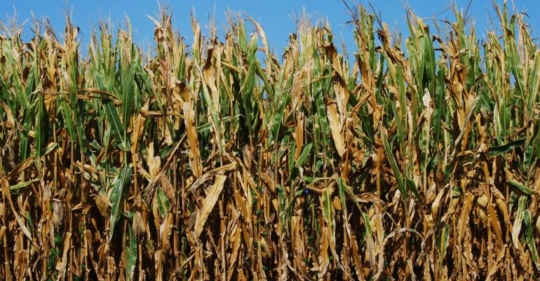Explore our blog featuring articles about farming and irrigation tips and tricks!
Getting To Root Of Problem

By: Joel DeJong
The 2017 crop season has again been an interesting one. Here in northwest Iowa, rainfall during the growing season was spotty, and it’s been a year when the “sins” of planting have haunted fields all season. I’m amazed at the differences in yield potential this year. Some fields look quite good, while others will be collecting crop insurance checks. There will likely be as wide of a yield range in northwest Iowa this year as we’ve seen in several years. The yield range will not only vary from field to field but within fields as well.
As an ISU Extension field agronomist, I get to spend most of my summer looking at fields with problems: not the good fields. In this column I’ll review some of the corn problems observed that added greatly to variable yield expectations in and between fields.
The easiest spots to pick out are related to low rainfall amounts and soil types. As we know, sandy soils hold less moisture than a silt loam soil, and when rainfall is sparse, those spotsshow up first. In my neighborhood, daily leaf rolling of some corn plants started before the end of June.
Like most years recently, the 2017 planting season was a collection of starts and stops. It was hard to find a window when soil conditions were fit, and the weather forecast did not include significant rainfall and cold temperatures. Because of this, we had some fields that were not planted in ideal conditions, particularly as we got near mid-May. In fact, even in late July we could see the seed furrow open where the planters ran.
Stay up to date on all T-L news and get alerts on special pricing!


